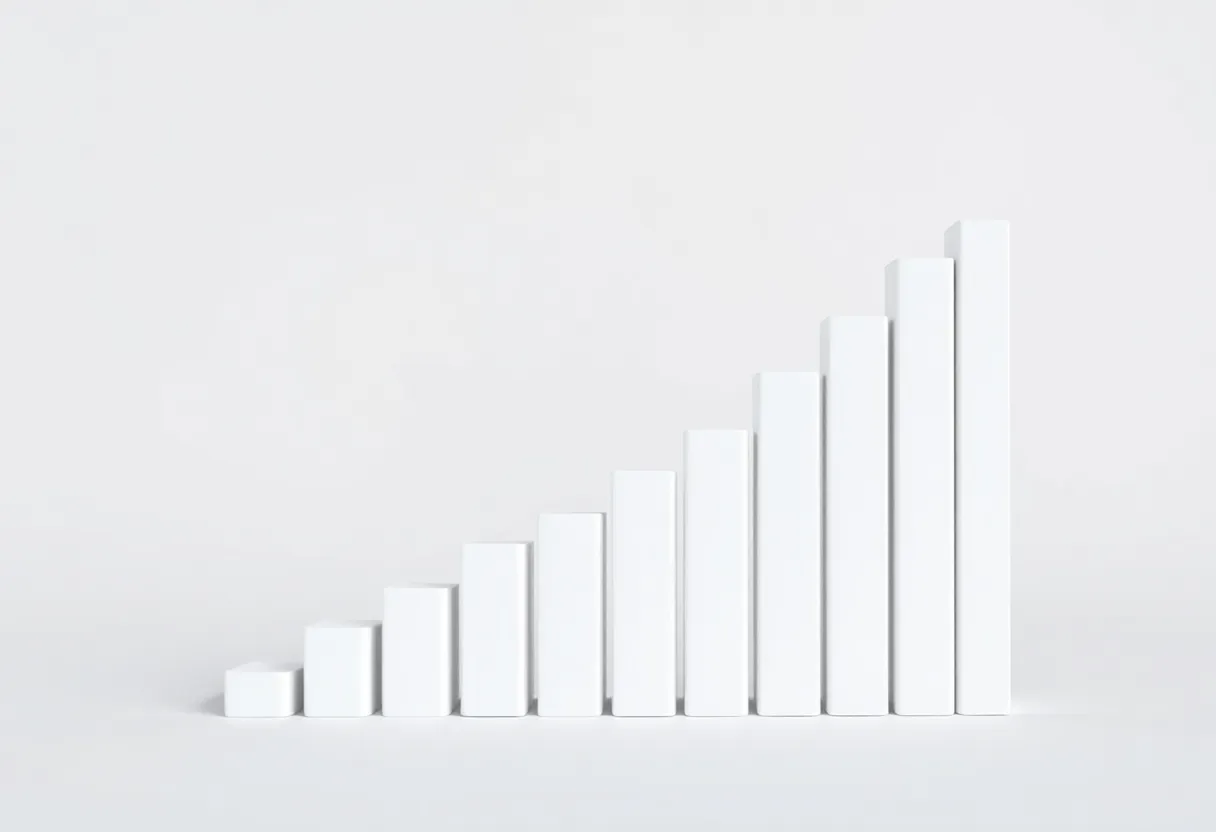

A graphical representation highlighting the increase in personal loan interest rates in early 2025.
As of February 12, 2025, personal loan interest rates in the U.S. have risen to an average of 12.38%. Factors influencing rates include credit scores and Federal Reserve actions. Borrowers with better scores enjoy lower rates, while those with poorer scores face significantly higher costs. Understanding the variables affecting personal loans can help borrowers make informed decisions and find competitive rates.
As of February 12, 2025, the landscape for personal loan interest rates in the United States has become more challenging, with the average interest rate hitting 12.38%. This increase reflects broader economic changes and can directly impact anyone looking to borrow money.
Interest rates for personal loans can fluctuate based on several factors. The most crucial of these is your personal credit score, which acts as a key indicator of your financial trustworthiness. Borrowers with a credit score in the excellent range (720-850) are looking at averages around 12.69%, while those with good credit (690-719) may see rates closer to 15.92%. If your score falls into the fair range (630-689), be prepared for a rate of about 19.52%, and if you’re classified as having bad credit (300-629), you could be staring down a hefty 21.72%.
One significant factor in these rising rates is the action taken by the Federal Reserve to control inflation. Ever since they began raising rates in March 2022, personal loan interest rates have continued to climb. Particularly, there was a peak in borrowing costs around October 2024. While there may be some hope on the horizon with expectations of a decrease in interest rates in 2024, economic conditions may still keep borrowing rates noticeably high.
It’s also essential to understand that personal loans are classified as unsecured loans, meaning they do not require collateral like a house or car. Because of this, lenders often charge higher interest rates compared to secured loans. If you’re considering a personal loan, it’s wise to shop around and compare different lenders and their offerings.
Your options for personal loans include traditional banks, credit unions, and online lenders. Traditional banks and credit unions often have competitive rates available, particularly for existing customers. On the flip side, online lenders might offer lower rates if your credit is in good standing. In any case, one recommended route to take is to prequalify with multiple lenders. This will give you a clearer picture of what rates you might qualify for based on your unique circumstances.
If you’re on the hunt for a personal loan, make sure to bolster your application. A strong payment history, a stable source of income, and a lower debt-to-income (DTI) ratio can greatly increase your chances of snagging a lower rate. Lenders typically look favorably on a DTI ratio of 35% or below.
There are a few common misconceptions about personal loans that need addressing. One myth is that personal loans can only be used for emergencies—this is simply not true. They can be quite versatile, used for everything from debt consolidation to home renovations, educational expenses, or even a vacation.
Another myth suggests that a credit score of 750 or above is mandatory for loan approval. Many lenders recognize that individuals with credit scores lower than 750 can also qualify, as long as other factors—such as income and financial stability—align.
Finally, it’s essential to remember that you may still qualify for a personal loan even if you already have existing loans. Lenders will evaluate your overall financial health to ensure you can handle the added payment. So take heart, if you’re cautious and informed, there are paths forward.
In conclusion, while 2025 is seeing higher personal loan interest rates, understanding how these rates work can help you navigate through your borrowing options with confidence. Whether you’re planning home improvements, consolidating debt, or taking a much-deserved holiday, being informed is key to making the best financial choices.
News Summary The Plymouth-Canton Community Schools will host their fourth annual Mental Health and Wellness…
News Summary Aaron Deneal McDonald, a 44-year-old man from Oak Park, pleaded no contest to…
News Summary A bomb threat at the Wayne County Treasurer’s Office in Detroit led to…
News Summary Christopher Dean Baldwin, a 42-year-old from Jackson, is facing new stalking charges related…
News Summary The Plymouth Community Council on Aging is in crisis as funding shortages threaten…
News Summary Gold prices have reached a historic peak of $3,122.80 per troy ounce, driven…